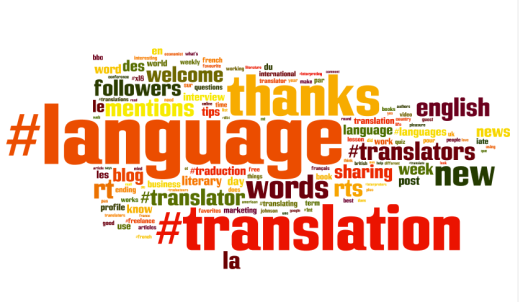Ever wondered what it takes to become a translator? You are not alone, and many have asked this question before. Translators play a vital role in our society by translating various text types from one language to another, often translating multiple languages simultaneously. The most popular and prestigious work of translators is their works in Mexican translation.
They need Mexican documents translated for many purposes such as legal reasons, business agreements, marriage certificates, etc. The Mexican translation industry is booming and growing constantly. Many Mexican translators have to work in a Mexican-speaking environment. Still, some translators work in other countries translating legal documents like agreements, marriage certificates, policies regarding business, etc.
The Mexican translator has the responsibility of solving any document while maintaining the style and tone of the original text. Translating documents can be challenging but rewarding work; it takes patience, creativity, knowledge about both languages involved, and cultural sensitivity.
How to become a freelance translator
Once you choose to become a freelance translator, you need to find clients and jobs. There is no set-in-stone way of how one becomes successful as an individual freelancer, but the following steps will put yourself in good stead:
- Setting up your website that allows potential clients or whichever term applies for access through e-mail or telephone. Many translation companies request their list of contractors is kept online only to have instantaneous access when needed. Websites give you an identification about the work that you do and present yourself as a professional.
- Make sure your portfolio is up to date and shows various translations that you do, such as Mexican translation, which will give the clients who visit the website an idea of what they can expect from you. Your prices should also be clear enough for people who are not familiar with translation pricing – this does not need to be complicated because translators often charge by word count or character count. The number of words may vary depending on whether it’s scientific text or business correspondence.
- One of the most important factors is that you must be fluent in the second language you translate the document. So, it means that if you are up to Mexican translation, your first language must be Mexican and vice versa. Also, you need to have excellent grammar skills – this is not just about understanding sentence structure but also knowing how sentences change when translating.
- In addition, those who want to work as translators usually need formal education or training in translation to understand the nuances between languages. For instance, there’s often an essential difference between translations for legal documents versus scientific articles. When it comes to finding a translator, people prefer to work with one who is certified. The certification process varies by country and is vital if you want to gain people’s trust. Certified translators bring accuracy to readers’ notice and show that they know two or more languages. Certification also means you are likely to get a better job than one who does not have accreditation since certified translators can do more with their skills.
Mexican translation requires the translator to learn both Mexican and English or another foreign language to translate documents from Mexico into another country’s native tongue or vice versa. There are several documents they need to work on, including business translations, licenses, certificates, etc. These people usually need formal education or training in translation so they can understand the nuances between languages. At every stage of a translator’s job, you gain more and more experience that adds to your work and attracts more clients.
